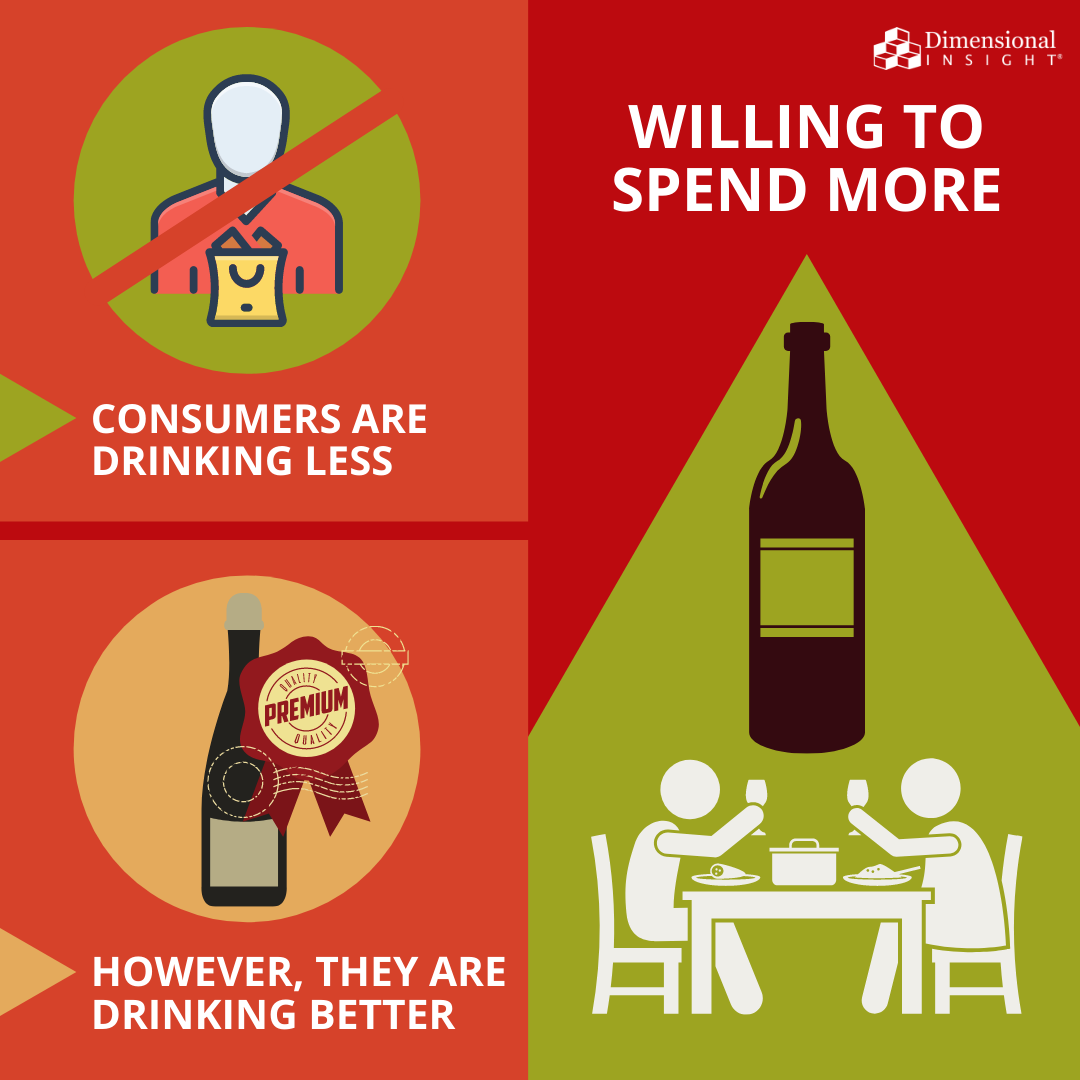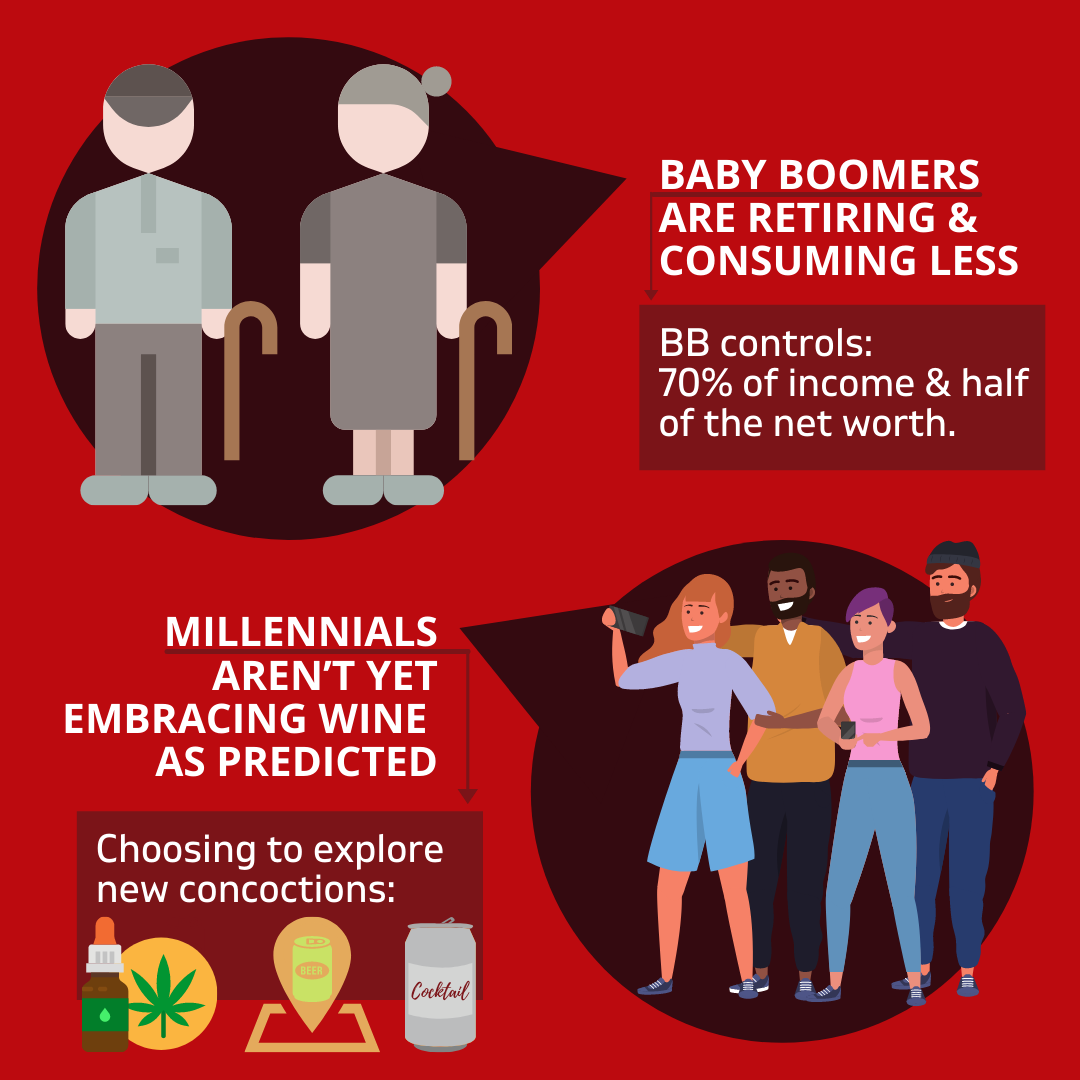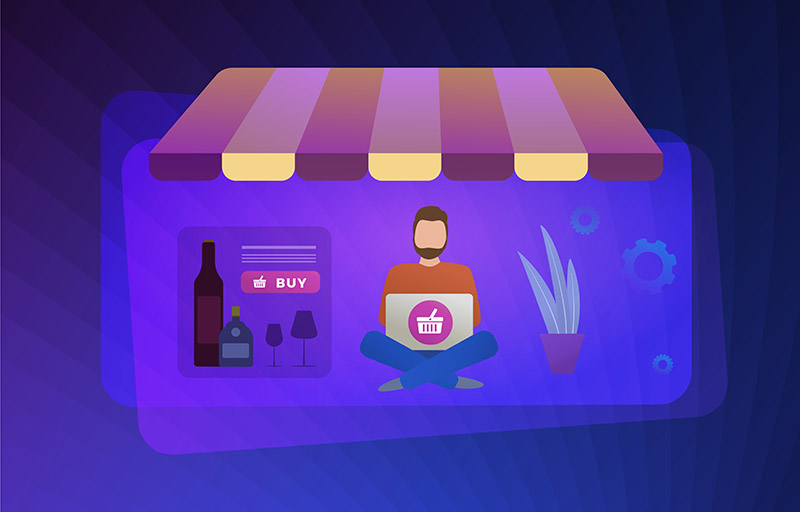Customer demand for alcohol delivery during the pandemic has created a call for changes of state liquor laws. Changes to these laws benefit restaurants, liquor stores, and wineries. But one company emerged as the pandemic delivery king: Drizly. The alcohol delivery app saw a 350% growth in sales in 2020.
Drizly’s business model of quick delivery from the liquor store to the front door caught Uber’s attention, which suffered greatly during the pandemic and was forced to cut 25% of its staff as its core business suffered. Uber recently announced it would acquire alcohol delivery whiz-kid Drizly for a staggering $1.1 billion.
Delivery boomed during the pandemic, but with Uber taking over, what does this mean for brands, liquor stores, and restaurants? Does anyone else stand a chance? Let’s dive in.

Details of the deal
Uber’s acquisition of Drizly shines a light on how much industry insiders expect alcohol delivery to transform the customer wine and spirits experience during the next decade.
Uber pushed its own UberEats during the pandemic, allowing for food delivery. Uber will integrate Drizly directly into its food delivery app, but Drizly will also remain a standalone app, according to CNN.
“Wherever you want to go and whatever you need to get, our goal at Uber is to make people’s lives a little bit easier. That’s why we’ve been branching into new categories like groceries, prescriptions, and, now, alcohol,” said Uber CEO Dara Khosrowshahi in a statement about the deal.
Do other delivery services stand a chance?
One of Drizly’s biggest pros includes its vast partnerships with liquor stores — 3,500, to be exact — and brands across the country. This means customers can price out how much the same bottle of Kim Crawford Sauvignon Blanc costs at different liquor stores that are 0.4 miles away without ever leaving the comfort of their couch.
According to Drizly’s website, 80% of Drizly customers are more likely to visit the store they shopped online in-person after buying on the app. 75% of those customers repeat the same store on Drizly. But one of the biggest perks of partnering with Drizly is acquiring new customers: 50% of Drizly customers will be new to the liquor store.
Each individual liquor store packs and delivers the products, so Drizly can be a part of driving customers to their delivery business.
One of the cons of Drizly is the fact that it’s not available everywhere, mainly because of bans on liquor delivery. In more rural areas, the one-hour delivery option isn’t available because it puts a strain on store staff.
Another drawback for customers is Drizly doesn’t feature many fine wines or vintage wines. So for any stores that specialize in these, there’s a large segment of the market for them to pursue.

Should liquor stores try to beat Drizly or join them?
Drizly promises to help digitize a liquor store’s business and bring in new customers. Each liquor store receives a back-end portal to analyze sales and see new customers.
Drizly doesn’t promise exclusivity to any store or brand, so if your competitor uses Drizly’s service, you’re likely missing out by not signing up.
Drizly promises no fixed costs, no sign-up fees, no maintenance fees or minimums, and no cancellation fees for stores. The pricing model works based on a set amount of dollars per order, percentage of the sale, and tiered licensing fee schedule.
While it’s tempting to try and monopolize your own delivery and not share any of the revenue with the delivery giant, in reality, the number of new customers Drizly could bring in should outpace this in the long run. You can also still offer delivery via the customer calling your store directly.
When a giant such as Uber sets its sights on something in the market, we say, in this case: join them.
- 87% of Utilities Have Experienced at Least One Data Breach in Last Three Years - February 5, 2024
- Can Drones Lower Your Next Utility Bill? - January 10, 2024
- Onshore Wind Farms Are The Next Big Thing In Renewable Energy - December 6, 2023




